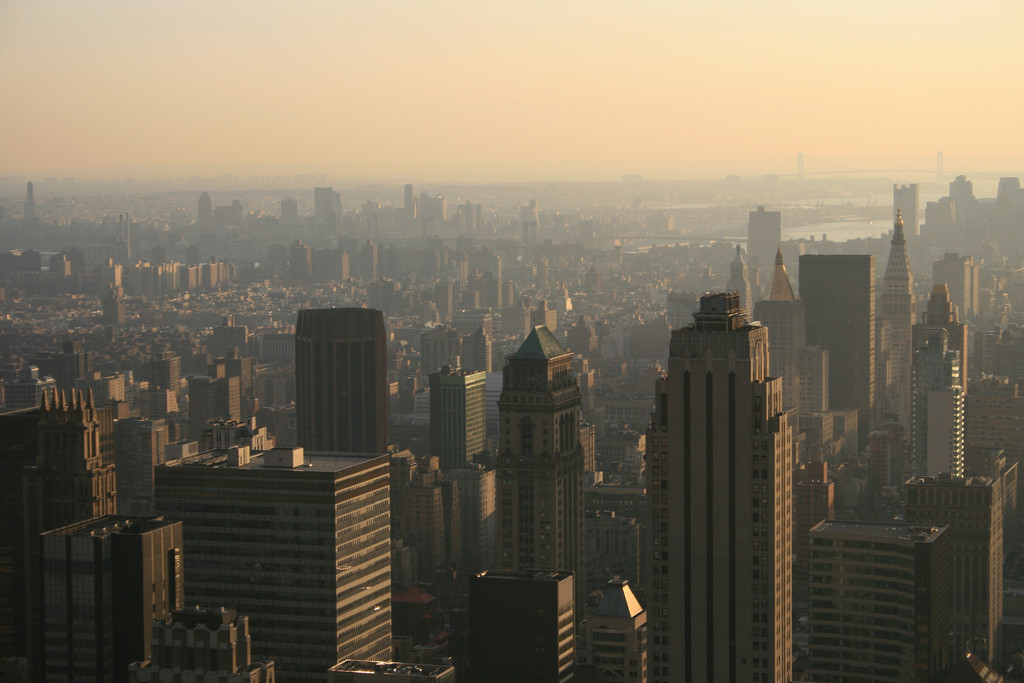
Technology is changing the way we ‘see’ air pollution. Advances in environmental sensors, computing power, and visualization software are allowing researchers to monitor and display air quality in many of America’s cities 24 hours a day, in real-time. This is giving clean air advocates unprecedented access to pollution hotspots.
Pittsburgh, Pennsylvania’s air ranks among the dirtiest in the nation. According Carnegie Mellon University professor Illah Nourbakhsh, residents experience 230 days of ‘bad air’ every year. The Breathe Project, a grassroots coalition of citizens, businesses, and not-for-profit groups, was formed to help clear the air in southwestern Pennsylvania.
Through a partnership with Carnegie Mellon’s Robotics Lab, four high-resolution cameras capture panoramas of Pittsburgh around-the-clock. These images are paired with output from environmental sensors that record data on variables like particle pollution, sulfur dioxide emissions, humidity, and wind direction.
Using the Breathe Project website, citizens can gain insight into when and where air quality is the lowest, how specific smokestacks impact pollution levels, and how their air quality ranks nationally. Not surprisingly, air pollution is often the worst in the poorest neighborhoods.
Nourbakhsh notes that particulates kill more in the U.S. than AIDS, breast cancer, and prostate cancer put together. He says that 50 percent of us are at risk because of air pollution, although “100 percent of us have the human right to breathe easy.”
Given the heavy toll that dirty air has on human health, the rise of air pollution visualization projects is an important step in mobilizing citizens and prioritizing clean-up efforts.
**********
.
Web Links
Keep an eye on your city’s pollution in real time
Photo, posted December 30, 2006, courtesy of UrbanFeel via Flickr.
.
Earth Wise is a production of WAMC Northeast Public Radio, with script contribution from the Cary Institute of Ecosystem Studies.
